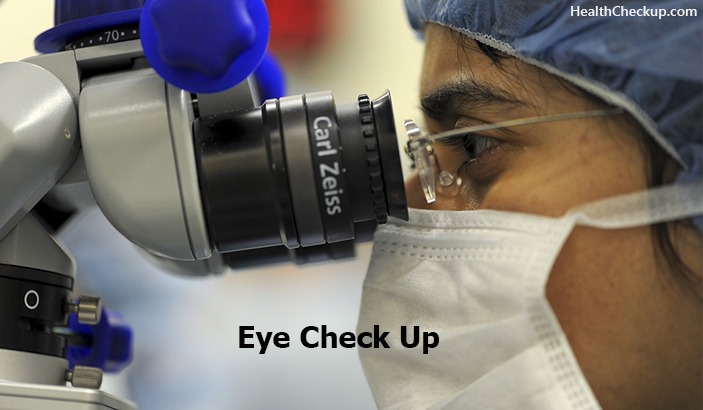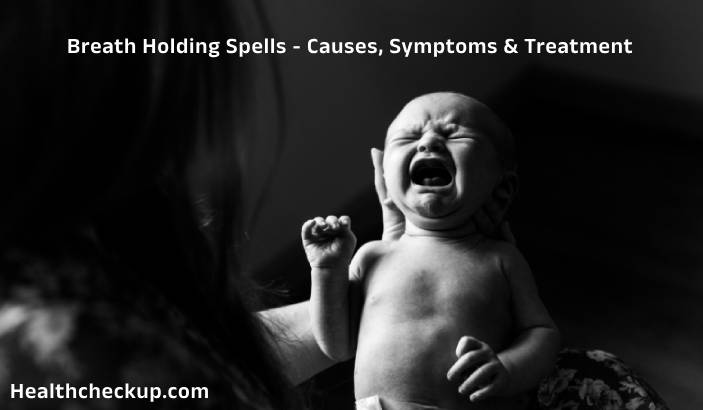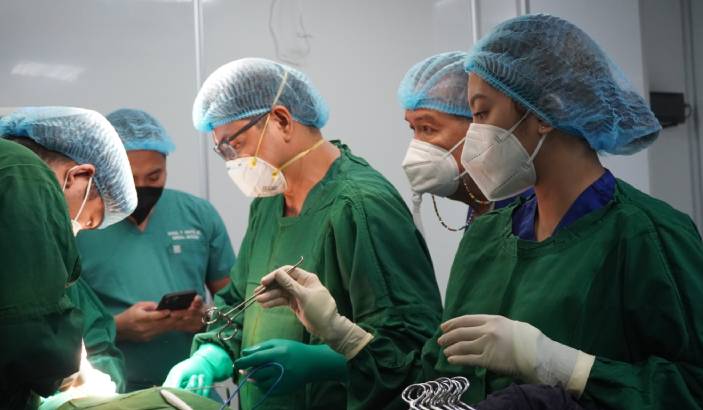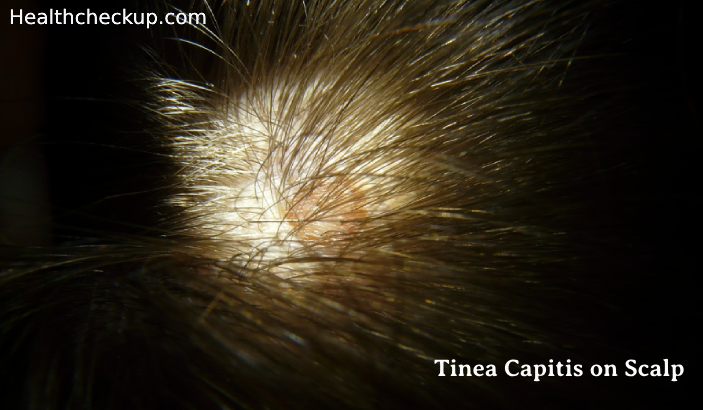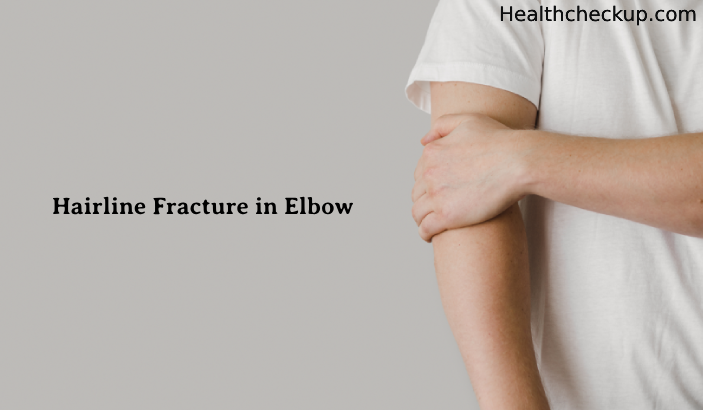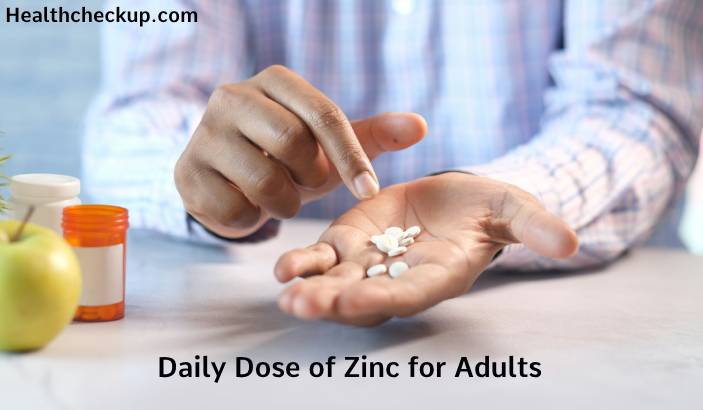Routine eye checkup and comprehensive testing is important for people of all ages. A comprehensive eye test is not just for determining your prescription power, but also for determining common eye diseases and assessing how the pair of eyes is working as a team.
An eye exam also works as a determining factor of your overall health and it can help in detecting chronic systemic diseases such as high blood pressure and diabetes. Optometrists and ophthalmologists use a wide range of simple as well as complex tests and procedures during an eye examination in order to fully evaluate the health of your eyes and your vision.
12 Important Medical Tests Included in an Comprehensive Eye Check Up
Some of the important tests that are done as part of a thorough eye checkup are as follows:
1. Visual Acuity Testing
This is a primary eye test that is done in order to measure the sharpness of your vision. This test is done using a projected eye chart and a small hand-held eye chart. The projected chart measures your distance visual acuity, while the hand-held chart measures your near vision.
2. Applanation Tonometry
This eye exam helps the doctor to diagnose glaucoma by measuring the amount of pressure that is required to flatten a portion of the cornea. This test is performed by placing a thin strip of paper on the eye coated with a dye. The dye colors the tears on the surface of the eye and the pressure is calculated as the tip of the tonometer touches the eye lightly. An anesthetic eye drop is administered before performing this test.
Corneal and Retinal Topography
These are computerized tests which create a map of the curvature of the cornea or the surface of the retina. The corneal test helps to identify any distortions of the surface of the eye such as swelling or scarring along with astigmatism. These tests are done before refractive surgery, corneal transplants and for the fitting of contact lenses.
Fluorescein Angiogram
This eye examination is done to evaluate blood circulation in the retina. It helps to diagnose eye conditions such as macular degeneration, diabetic retinopathy and retinal detachment. During this test, fluorescein dye is injected into a vein in the arm. The dye travels to the blood vessels inside the eye. Once it reaches the eye, a camera equipped with special filters highlight the dye as it circulates through the blood vessels in the back of the eye.
Dilated Pupillary Exam
In this eye check up, a special type of eye drop in administered in order to dilate or expand the pupil. Dilating the pupil allows the doctor to examine the retina for any signs of disease.
Non-Contact Tonometry
This is a common glaucoma test in which a burst of air is blown to your eye and a machine calculates the intraocular pressure based on your eye’s resistance to the puff of air. It is a completely painless test.
Ultrasound
An ultrasound test of the eye is done in order to get a picture of the eye’s internal structure. It is beneficial for identifying ocular tumors and obscuring of the retina by cataracts or hemorrhage.
Refraction
The refraction eye test is done in order to determine your prescription power which is used to make power eyeglasses and contact lenses. During this test, the candidate is asked to look at a chart placed 20 feet, or in a mirror that simulates 20 feet of distance. The candidate is asked to read the contents of the chart while looking through a phoropter.
The doctor places and replaces lenses of different strength into the phoropter while the patient looks through it. The doctor asks the candidate which of those lenses provide the clearest of vision and based on the answers he determines the appropriate power for prescriptions glasses and contacts. This test also helps to identify myopia, hyperopia, presbiopia and astigmatism.
Slit-Lamp Exam
During this exam, the doctor looks at the eye through a microscope while shining a slit lamp in order to examine the structure located farther back in the eye which includes the retina and optic nerves. This test is used to diagnose cataracts, glaucoma, retinal detachment, dry eye disease, macular degeneration and injuries to the cornea.
Visual Field Test
This eye test is done to check for the possible presence of blind spots or scotomas in your peripheral or side vision which can originate from glaucoma. Analysis of blind spots also helps to locate exact areas of brain damage caused by tumor or stroke. During this test, you will be asked to look at an object in the center of your line of vision. As you look at the target, you will be asked to note when you see an object moving into your side vision.
Ocular Motility Testing
This eye exam is done to test for smooth eye movements. It helps to determine how well your eyes follow a moving object, move between and accurately focus on two separate objects. For this test, the doctor will ask you to keep your hear still and follow the movement of a light just with your eyes. For, quick eye movement test the doctor will ask to move your eyes back and forth between two targets placed some distance apart from each other.
Stereopsis Test:
This is a depth perception test that determines your eye’s ability to perceive the 3-dimensional nature of objects. For this test, you will be asked to wear a pair of 3D glasses and look at some test patterns such as small circles. If you can correctly identify which circle appears closer to you compared to the rest of the circles then your eye teaming skills are fine and you should be able to experience normal depth perception.
These are the common eye tests that a doctor will perform during a comprehensive eye checkup. But a patient may require more specialized tests depending on his or her age, medical history and the risk of developing an eye disease.
Medically Reviewed By



